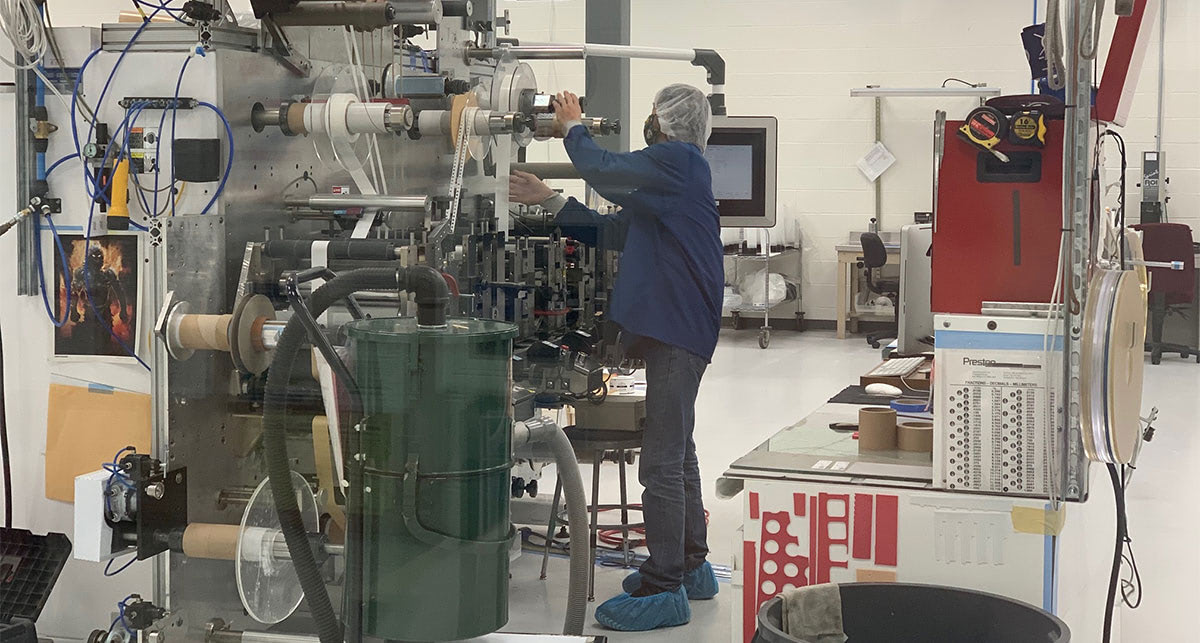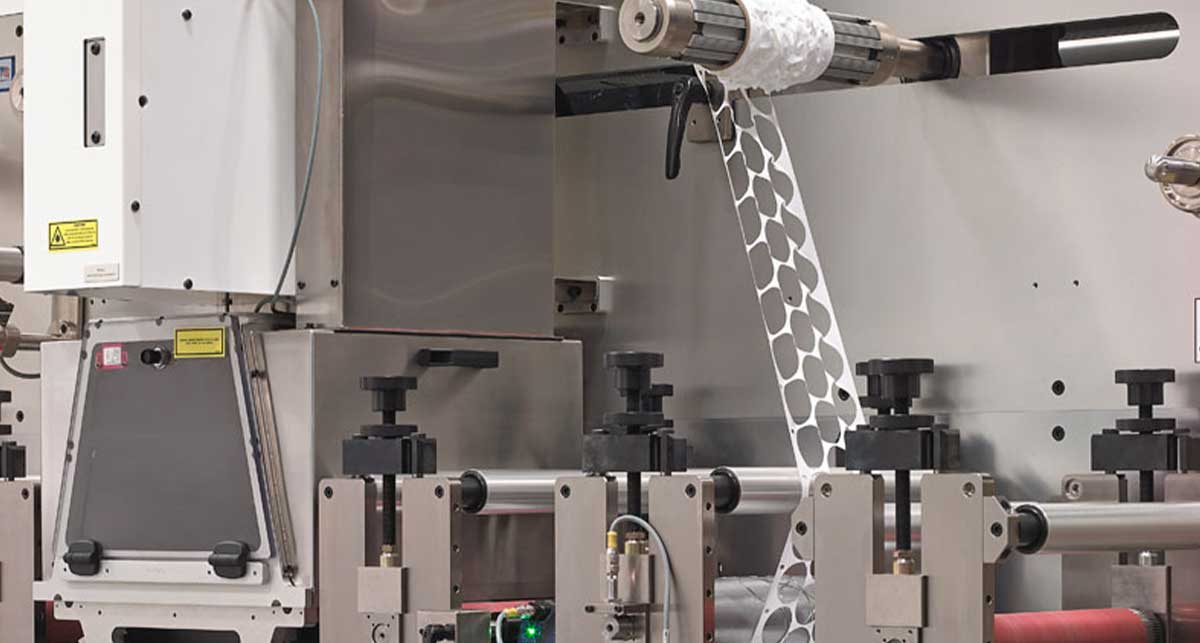1. REDUCING THE EFFECT OF MATERIAL LEAD TIMES
Material lead time often causes extensive delays in material converting. Depending on your material, you could wait months for delivery. Although the material supplier is the primary lead time factor, placing a stock order will help build a consistent production schedule.
Stock orders help mitigate the strain of material delays and extended lead times by giving your converter a ‘heads-up’ to prepare for your order. If your converter knows you need a certain amount of parts regularly, they can calculate the best time to order material for the job they’re running.
You’ll worry less about potential delays affecting your schedule with planned orders because they give your converter more time to work around any problems.
2. REDUCING THE OVERALL COST OF PRODUCTION
Stock orders allow your converter to schedule longer blocks of run time far in advance. Longer machine run times require fewer setups and breakdowns, which reduces the labor time and unit cost.
Each time your converter sets up the die cut machine press, they generate waste through testing. By combining these runs, your converter experiences less frequent setup waste costs, which means a lower price.
Testing is unavoidable due to alignment and adjustments your converter needs to calibrate. However, stock orders will give you a better chance of fewer setup times, reducing waste, and generating a lower overall cost.
3. PLANNING PRODUCT AHEAD OF TIME & MINIMIZING THE EFFECTS OF DISRUPTIONS
One of the biggest problems our clients have encountered over the years is struggling to decide when to reorder. If you place your order too early, it will sit in a warehouse, losing value. However, if you place it too late, you will have a part shortage.
When planning your stock orders:
- Decide how much product you plan to keep in stock at any given time.
- Ensure you’re overlapping your orders so that you don’t leave stranded without any parts.
Part shortages are a nightmare for everyone involved, but stock orders can reduce or eliminate shortages. By placing a stock order, you’re bettering your chances of receiving the parts you need when you need them.
Delays are an unfortunate reality for all manufacturing environments. The Stock Order Program allows you to minimize how much these delays will affect your overall delivery of product. From material delays to tooling lead times, the different manufacturing delays become a lot less consequential when we have ample time to plan the orders in advance.
4. BETTER MINIMUM ORDER QUANTITY (MOQ)
Minimum Order Quantity (MOQ) describes the amount of material a converter must purchase from a supplier based on the quantities suppliers are willing to sell.
The MOQ can become a major issue when dealing with smaller orders, where your options are:
- Finding a different material with a lower MOQ
- Paying for material that doesn’t get fully used (creating waste)
If you place a stock order, your converter can accurately plan for the future by purchasing larger, cost-effective material quantities.
When your production process does reach full scale, ordering multiple months at a time can give you access to better price breaks on materials because you are buying a lot more at one time.
Does the Stock Order Program Match Your Needs?
Stock orders aren’t always the best solution. It’s not necessarily better than a standard order, but it can be incredibly beneficial when applicable.
These factors indicate that Strouse’s Stock Order Program will fit your project:
- You’re planning on consistent orders
- The material you want has a long lead time
- Your timeline is precise/delicate
- You want to increase your chances of on-time delivery (in case of setbacks)
- You plan on scaling up your project in the future
If you’re still unsure, request a quote today, and we can compare the costs before you decide whether a stock order is the right fit for you:
Those of you who have placed or are placing an order can learn more about the timeline of Strouse’s quoting process.








